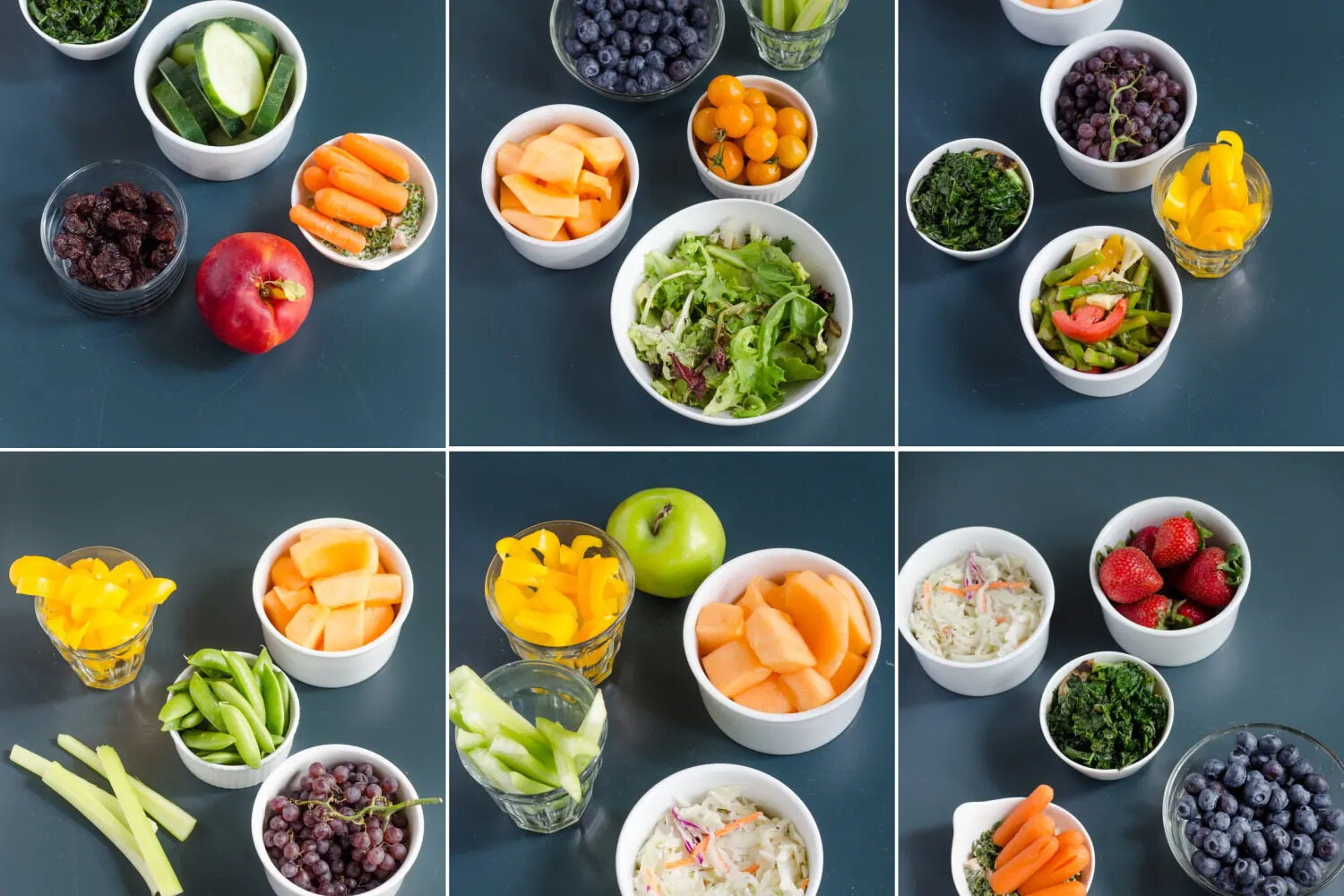

Articles
How To Store Fruit
Modified: January 23, 2024
Learn the best ways to store fruit and keep them fresh for longer with these informative articles. Find expert tips and tricks for proper fruit storage.
(Many of the links in this article redirect to a specific reviewed product. Your purchase of these products through affiliate links helps to generate commission for Storables.com, at no extra cost. Learn more)
Introduction
Storing fruit properly is essential to maintain its freshness and extend its shelf life. Whether you’re a fruit lover or simply trying to incorporate more fruits into your diet, knowing how to store them correctly can make a significant difference in their taste and texture. Proper storage ensures that fruits stay juicy, flavorful, and free from spoilage.
When it comes to storing fruit, there are several factors to consider, including the type of fruit, the storage container, and the optimal temperature and humidity conditions. By taking these factors into account, you can ensure that your fruits remain fresh and delicious for longer periods.
In this article, we will guide you through the process of storing different types of fruit. From apples to mangoes, we will cover various fruits and provide you with the necessary information to store them properly. So, let’s dive in and learn the best practices for fruit storage!
Key Takeaways:
- Proper storage of fruits is essential for maintaining their freshness, flavor, and nutritional value. Understanding the specific requirements for each fruit and implementing the right storage techniques can help extend their shelf life and reduce waste.
- Choosing the right storage container, maintaining the ideal temperature and humidity conditions, and handling fruits with care are key practices for effective fruit storage. By following these guidelines, you can enjoy delicious and nutritious fruits for longer periods, enhancing your culinary experiences and promoting a healthy lifestyle.
Read more: How To Store Fruit To Avoid Fruit Flies
Choosing the Right Storage Container
Choosing the right storage container is an important step in keeping your fruits fresh and preventing them from spoiling. The container you choose should provide proper airflow, prevent moisture buildup, and protect the fruit from pests.
When it comes to storing fruit, it’s best to opt for containers made of breathable materials, such as mesh bags or perforated plastic bags. These allow for better air circulation, reducing the chance of moisture buildup that can lead to mold or rot.
Avoid using airtight containers or plastic bags without holes, as they can trap moisture and promote the growth of bacteria and fungi. Additionally, using containers with dividers or separate compartments can help prevent bruising and extend the shelf life of delicate fruits.
It’s important to clean your storage container before using it. Wash it with mild soap and water, rinse thoroughly, and allow it to dry completely. This helps remove any lingering bacteria or contaminants that could affect the fruit’s freshness.
Another essential factor to consider when choosing a storage container is its size. Make sure it is large enough to hold the amount of fruit you plan to store without overcrowding. Overcrowding can lead to bruising and increased moisture, which can cause the fruit to spoil more quickly.
Lastly, consider the durability and reusability of the storage container. Opt for options that are sturdy and can be used multiple times, reducing waste and saving money in the long run.
By choosing the right storage container, you can provide the ideal environment for your fruits, allowing them to stay fresh and delicious for an extended period.
Temperature and Humidity Requirements
Proper temperature and humidity conditions are crucial for preserving the freshness and flavor of fruits. Each fruit has its own specific requirements when it comes to temperature and humidity, so it’s essential to understand these needs to ensure proper storage.
For most fruits, the optimal temperature range for storage is between 32°F (0°C) and 50°F (10°C). However, certain fruits like bananas and tropical fruits prefer slightly higher temperatures between 50°F (10°C) and 59°F (15°C).
It’s important to note that some fruits are sensitive to cold temperatures and can be damaged if stored at temperatures below freezing. Examples of such fruits include citrus fruits, berries, and grapes. On the other hand, tropical fruits like mangoes and pineapples are more tolerant of warmer temperatures.
In addition to temperature, humidity plays a vital role in fruit storage. Most fruits prefer moderate humidity levels of around 85-95% to prevent them from drying out. However, there are exceptions. Citrus fruits, for example, prefer lower humidity levels around 60-70% to avoid mold growth.
To maintain optimal humidity, you can use various methods. Placing a damp towel or a bowl of water in the storage area can help create a humid environment. However, ensure that the fruits themselves do not come into direct contact with water, as excess moisture can lead to spoilage.
Moreover, to prevent ethylene gas buildup, which can accelerate the ripening process and lead to premature spoilage, it’s essential to keep certain fruits separate. Ethylene-producing fruits like apples, bananas, and pears should be stored away from ethylene-sensitive fruits like berries, citrus fruits, and grapes.
By understanding and controlling the temperature and humidity conditions, you can ensure that your fruits stay fresh, maintain their texture, and preserve their flavors for longer periods.
Storing Apples
Apples are a popular fruit known for their crisp texture and sweet-tart flavor. Proper storage is essential to maintain their freshness and prevent them from becoming soft or mealy. Here are some tips for storing apples:
1. Choose the right apples: Not all apples are suitable for long-term storage. Select varieties that are known for their good storage capability, such as Granny Smith, Fuji, or Honeycrisp. These varieties tend to retain their texture and flavor for longer periods.
2. Wrap individually: Wrap each apple in a piece of newspaper or place it in a perforated plastic bag. This helps prevent the spread of ethylene gas and reduces the risk of bruising.
3. Store in a cool place: Apples should be stored in a cool location with a temperature between 32°F (0°C) and 40°F (4°C). A root cellar or the crisper drawer of your refrigerator is an ideal spot. Avoid storing them near other fruits, as they release ethylene gas, which can speed up the ripening process.
4. Check regularly: Check your stored apples regularly for any signs of spoilage or rot. Remove any damaged or rotten apples to prevent them from affecting the rest.
5. Consider storage duration: If you plan to store apples for an extended period, choose apples that are slightly underripe. This allows them to mature slowly and maintain their freshness throughout the storage period.
By following these guidelines, you can enjoy crisp and flavorful apples for an extended period, whether you use them for snacking, baking, or making delicious homemade apple pies.
Storing Citrus Fruits
Citrus fruits, such as oranges, lemons, and grapefruits, are packed with refreshing flavors and essential nutrients. Proper storage is vital to maintain their juiciness and prevent them from drying out. Here are some tips for storing citrus fruits:
1. Store at room temperature: Citrus fruits can be stored at room temperature for a few days, especially if you plan to consume them soon. Keep them in a cool and well-ventilated place away from direct sunlight.
2. Refrigerate for longer storage: If you want to extend the shelf life of your citrus fruits, refrigeration is key. Place them in the crisper drawer of your refrigerator, where the temperature is around 40°F (4°C). Ensure you store them away from other fruits to prevent the exchange of ethylene gas, which can lead to premature ripening.
3. Avoid plastic bags: Unlike some other fruits, citrus fruits do not require airtight or plastic bags for storage. Plastic bags can trap moisture and promote mold growth. Instead, you can place them in a loosely closed paper bag to maintain proper airflow while protecting them from drying out.
4. Keep them whole until ready to use: It’s best to keep citrus fruits whole until you’re ready to consume or use them. This helps retain their juiciness and prevents them from drying out. Sliced or peeled citrus fruits can be stored in a sealed container in the refrigerator for a short period.
5. Check regularly: Inspect your stored citrus fruits regularly for any signs of spoilage or mold. Remove any damaged or rotten fruits to prevent them from contaminating the rest of the batch.
By following these storage tips, you can enjoy the vibrant flavors and natural sweetness of citrus fruits for an extended period. Whether you use them in fresh salads, squeeze them for juices, or add zest to your favorite recipes, properly stored citrus fruits will enhance your culinary creations.
Read more: How To Store Dates Fruit
Storing Berries
Berries, such as strawberries, blueberries, and raspberries, are delicate fruits that require proper storage to maintain their freshness and prevent spoilage. Here are some tips for storing berries:
1. Handle with care: Berries are delicate and can easily bruise or become mushy. Handle them gently to avoid damage. Avoid washing the berries until just before you plan to use them, as excess moisture can promote spoilage.
2. Sort and remove damaged berries: Before storing, sort through your berries and remove any damaged or rotten ones. One spoiled berry can quickly spread mold to others, so it’s essential to discard any compromised fruits.
3. Store in the refrigerator: Berries are best stored in the refrigerator to maintain their freshness. Place them in a single layer or arrange them in a shallow container lined with paper towels to absorb excess moisture.
4. Avoid washing until ready to use: Washing berries before storing can increase their moisture content and speed up spoilage. Wait until you’re ready to consume them to give them a quick rinse under cold water.
5. Store in the freezer for longer shelf life: If you have an excess of fresh berries or want to prolong their shelf life, consider freezing them. Wash and dry the berries thoroughly, then spread them in a single layer on a baking sheet. Once frozen, transfer them to airtight containers or freezer bags. Frozen berries are great for smoothies, baked goods, or enjoying as a frozen treat.
6. Consume as soon as possible: Berries are at their peak freshness when consumed soon after picking or purchasing. Try to consume them within a few days for the best flavor and texture.
By following these storage tips, you can enjoy succulent and flavorful berries for a longer time. Incorporate them into your breakfasts, desserts, or snack on them for a burst of natural sweetness and a dose of antioxidants.
Storing Stone Fruits
Stone fruits, such as peaches, plums, and cherries, are beloved for their juicy flesh and sweet flavors. To keep them at their prime, proper storage is essential. Here are some tips for storing stone fruits:
1. Ripen at room temperature: Stone fruits are often picked when slightly underripe to prevent damage during transportation. To ripen them, place them in a single layer at room temperature, away from direct sunlight. Check them daily and give them a gentle squeeze – they are ready to eat when they yield slightly.
2. Store in the refrigerator: Once your stone fruits are ripe, transfer them to the refrigerator if you’re not planning to eat them immediately. The cool temperature will help slow down the ripening process and extend their shelf life. Place them in a perforated plastic bag or loosely wrap them in a paper towel to prevent moisture buildup.
3. Handle with care: Stone fruits can bruise easily, so handle them gently. Avoid stacking or overcrowding them in the container to prevent unnecessary pressure and bruising.
4. Separate bruised or damaged fruits: Check your stored stone fruits regularly and remove any bruised or damaged ones. Damaged fruits can quickly spoil and affect the quality of the surrounding fruits.
5. Freeze for long-term storage: If you have an abundance of stone fruits or want to preserve them for future use, consider freezing them. Wash, peel, and slice the fruits if desired, then place them in a single layer on a baking sheet. Once frozen, transfer them to freezer-safe containers or bags. Frozen stone fruits can be used for smoothies, pies, or as a refreshing addition to drinks.
Remember, stone fruits are best enjoyed at room temperature, so bring them out of the refrigerator and allow them to sit for a short time before serving to enhance their flavors.
By following these storage tips, you can relish the luscious sweetness of stone fruits even after the peak season. Enjoy them in fruit salads, jams, desserts, or savor them fresh for a delightful summer treat.
Storing Bananas
Bananas are a popular and versatile fruit that is loved for its natural sweetness and nutritional benefits. Proper storage is important to maintain their texture and prevent them from becoming overripe or mushy. Here are some tips for storing bananas:
1. Keep them at room temperature: Bananas should be stored at room temperature, ideally between 60°F (15°C) and 65°F (18°C). Avoid placing them in direct sunlight or near heat sources, as this can speed up the ripening process.
2. Prevent contact with ethylene-sensitive fruits: Bananas release a significant amount of ethylene gas, which can accelerate the ripening process of other fruits. To prevent premature ripening of ethylene-sensitive fruits like berries or citrus fruits, store bananas separately or keep them in a hanging fruit basket.
3. Separate bunches as needed: If you have a bunch of bananas, you can slow down the ripening process by separating them. This is because when bananas are kept together, the ethylene gas they produce circulates more rapidly, causing them to ripen faster. Separate them carefully, making sure not to bruise the fruit.
4. Extend freshness with plastic wrap: To extend the shelf life of bananas, you can wrap the stem ends with plastic wrap. The plastic wrap helps slow down the release of ethylene gas, prolonging the ripening process. Be sure to wrap each banana individually, as opposed to the entire bunch.
5. Refrigerate to slow down ripening: If your bananas are becoming overly ripe and you don’t plan to consume them right away, you can place them in the refrigerator. The cool temperature will slow down the ripening process, but the skin may turn brown. However, the flesh will remain intact and can still be used in baked goods or frozen for smoothies.
6. Freeze for long-term storage: If you have bananas that are fully ripe or overripe, you can freeze them for later use. Peel the bananas and place them in an airtight container or freezer bag. Frozen bananas are perfect for making smoothies, banana bread, or as a creamy dairy-free alternative for desserts.
By following these storage tips, you can enjoy fresh and delicious bananas for longer, maximizing their versatility and nutritional benefits. Whether you prefer them as a quick snack, in baked goods, or as a healthy addition to your breakfast, properly stored bananas will always come in handy.
Storing Mangoes
Mangoes are known for their tropical and juicy flavor, making them a highly sought-after fruit. To keep mangoes at their best, proper storage is crucial. Here are some tips for storing mangoes:
1. Ripen at room temperature: Mangoes are typically picked when they are still firm and unripe. To ripen them, place them at room temperature, away from direct sunlight. Check them regularly and give them a gentle squeeze – they are ready to eat when they yield slightly to pressure.
2. Store in the refrigerator: If you want to slow down the ripening process or if your mangoes are already ripe, you can store them in the refrigerator. Place them in the crisper drawer, which maintains a temperature of around 50°F (10°C). The cold temperature will help preserve their flavor and texture for a few days.
3. Keep them separate from other fruits: Like bananas, mangoes release ethylene gas, which can speed up the ripening process of other fruits. Store mangoes separately or keep them in a separate section of the refrigerator to avoid affecting the other produce.
4. Prevent bruising: Mangoes can bruise easily due to their soft and delicate flesh. Handle them with care and avoid stacking or placing heavy objects on top of them. Storing them individually in a container can help prevent bruising and extend their shelf life.
5. Freeze for long-term storage: If you have an abundance of ripe mangoes or if you want to preserve them for future use, consider freezing them. Peel and slice the mangoes, then place the pieces in a single layer on a baking sheet. Once frozen, transfer them to freezer bags or containers. Frozen mangoes are great for smoothies, sorbets, or as a delicious frozen snack.
By following these storage tips, you can enjoy the sweetness and tropical flavors of mangoes for an extended period. Use them in refreshing smoothies, tropical fruit salads, or as a delightful topping for desserts. With proper storage, your mangoes will always be ready to bring a taste of the tropics to your table.
Store fruit in the refrigerator to extend its shelf life. Keep fruits like apples, bananas, and tomatoes at room temperature to maintain their flavor and texture.
Read more: How To Store Fruit In Fridge
Storing Avocados
Avocados are a beloved fruit known for their creamy texture and rich flavor. Proper storage is important to prevent them from spoiling and to ensure they are ripe and ready when you want to enjoy them. Here are some tips for storing avocados:
1. Check for ripeness: Before storage, determine the ripeness of your avocado. Gently squeeze the fruit – it should yield slightly to pressure without being too soft or mushy. Avoid avocados that are too firm or extremely soft, as they may not be at an optimal stage of ripeness.
2. Ripen at room temperature: If your avocado is not yet fully ripe, leave it at room temperature to ripen. You can place it in a bowl or keep it in a paper bag to speed up the process. Adding a banana or apple to the bag can help release more ethylene gas and hasten ripening.
3. Store in the refrigerator: Once your avocado reaches the desired level of ripeness, you can store it in the refrigerator to slow down further ripening. This is especially useful if you’re not planning to consume the avocado immediately. Simply place the ripe avocado in the crisper drawer of your refrigerator.
4. Preserve cut avocados: If you have already cut open an avocado but aren’t using the entire fruit, you can store the remaining portion. Lightly brush the exposed flesh with lemon or lime juice to prevent browning, then tightly wrap it with plastic wrap or place it in an airtight container. Store it in the refrigerator and use it within a day or two.
5. Freeze for longer storage: If you have excess avocados or want to preserve them for an extended period, you can freeze them. Remove the skin and pit, then mash or puree the avocado and place it in an airtight container or freezer bag. Frozen avocado can be used for smoothies, dips, or spreads.
By following these storage tips, you can enjoy ripe and creamy avocados whenever you’re in the mood. Spread them on toast, add them to salads, or make delicious guacamole – properly stored avocados are always ready to elevate your meals with their velvety texture and delicious taste.
Storing Pineapples
Pineapples are a tropical fruit loved for their juicy sweetness and vibrant flavor. Proper storage is essential to maintain their freshness and ensure they stay delicious. Here are some tips for storing pineapples:
1. Choose a ripe pineapple: When selecting a pineapple, look for one that feels firm yet slightly yielding to gentle pressure. The outer skin should have a golden-yellow color and a sweet aroma emanating from the base.
2. Store at room temperature: Whole, uncut pineapples are best stored at room temperature until they are ripe. Place them on the kitchen counter or in a fruit bowl away from direct sunlight. This allows them to continue ripening and develop their flavor and sweetness.
3. Refrigerate once ripe: Once your pineapple reaches the desired level of ripeness, you can move it to the refrigerator to maintain its freshness for a few more days. Place it in the crisper drawer to ensure it stays cool and doesn’t become overly ripe.
4. Cut and store in the refrigerator: If you have cut a pineapple and want to store the remaining pieces, wrap them tightly in plastic wrap or place them in an airtight container. This helps preserve their freshness and prevents them from absorbing odors from other foods in the refrigerator. Use the cut pineapple within a few days for the best flavor and texture.
5. Freeze for long-term storage: If you have an excess of pineapple or want to save it for future use, you can freeze it. Cut the pineapple into chunks or slices, then place them on a baking sheet lined with parchment paper. Once frozen, transfer the pineapple pieces to freezer-safe bags or containers. Frozen pineapple can be used for smoothies, cocktails, or as a refreshing frozen treat.
By following these storage tips, you can enjoy the tropical goodness of pineapples whenever you desire. Whether you enjoy them straight, in fruit salads, or as a tangy addition to savory dishes, properly stored pineapples will always offer a burst of tropical flavor.
Storing Melons
Melons, such as watermelon, cantaloupe, and honeydew, are refreshing fruits that are perfect for enjoying on hot summer days. Proper storage is key to maintaining their taste, texture, and juiciness. Here are some tips for storing melons:
1. Whole melons: If you have a whole, uncut melon, it’s best to store it at room temperature until it reaches the desired level of ripeness. Place it on the kitchen counter or in a fruit bowl away from direct sunlight. Once the melon is ripe, you can move it to the refrigerator to slow down further ripening.
2. Cut melons: If you have already cut open a melon, it’s important to store it properly to maintain its flavor and prevent it from drying out. Cover the cut surfaces of the melon tightly with plastic wrap or transfer the pieces to an airtight container. This will help preserve its moisture and prevent absorption of odors from other foods in the refrigerator.
3. Refrigeration: If you prefer your melons chilled, you can store them in the refrigerator even before cutting. Place the melon in the crisper drawer or another section of the refrigerator where the temperature is around 40°F (4°C). Chilled melons can be a refreshing snack or used in fruit salads.
4. Individual portions: If you have cut melon that you won’t consume all at once, consider cutting it into individual portions or cubes. This allows for easy snacking and convenient storage. Place the portions in an airtight container or resealable bags and store them in the refrigerator.
5. Freezing for long-term storage: If you have excess melon or want to preserve it for later use, you can freeze it. Cut the melon into slices or cubes, removing the seeds if necessary, and place them in a single layer on a baking sheet. Once frozen, transfer the pieces to freezer-safe bags or containers. Frozen melon can be used in smoothies, sorbets, or as a refreshing addition to drinks.
By following these storage tips, you can enjoy juicy and delicious melons whenever you crave their refreshing flavors. Whether you savor them on their own, blend them into drinks, or incorporate them into creative recipes, properly stored melons will always provide a burst of summery goodness.
Storing Grapes
Grapes are a delightful and versatile fruit enjoyed by many. To keep them fresh and flavorful, proper storage is essential. Here are some tips for storing grapes:
1. Remove from the packaging: If your grapes are in a plastic bag or container, remove them from the original packaging. This allows for better airflow and helps prevent moisture buildup, which can lead to spoilage.
2. Rinse before consumption: It’s best to wait to wash grapes until just before you’re ready to enjoy them. Excess moisture can increase the risk of mold growth. Rinse them under cool water and gently pat them dry with a paper towel before serving.
3. Refrigerate as soon as possible: Grapes should be stored in the refrigerator to maintain their freshness. Place them unwashed in a breathable container, such as a mesh bag or a shallow bowl. This helps maintain proper airflow and prevents condensation buildup.
4. Store with stems intact: Leave the stems attached to the grapes for longer shelf life. The stems help keep the grapes fresh and prevent them from drying out. Remove any loose or damaged grapes, as they can spoil the others.
5. Avoid overcrowding: Grapes need space to breathe and stay fresh. Avoid overcrowding them in the container or bag. If you have a large quantity of grapes, divide them into smaller portions and store them in multiple containers.
6. Freeze for future use: If you have excess grapes that you won’t be able to consume in time, consider freezing them for later use. Wash and dry the grapes thoroughly, remove the stems, and place them in a single layer on a baking sheet. Once frozen, transfer them to airtight containers or freezer bags. Frozen grapes make for a refreshing snack or can be used as ice cubes in drinks.
By following these storage tips, you can enjoy crisp and juicy grapes for an extended period. Whether you snack on them, add them to salads, or use them in recipes, properly stored grapes will elevate your culinary creations with their burst of natural sweetness.
Read more: How To Store Fruit Cake
Storing Kiwis
Kiwis are vibrant and delicious fruits packed with vitamins and minerals. Proper storage is essential to maintain their flavor, texture, and nutritional value. Here are some tips for storing kiwis:
1. Choose ripe kiwis: When selecting kiwis, look for those that yield slightly to gentle pressure when squeezed. Avoid overly soft or mushy kiwis, as they may be overripe. The skin should be smooth and free from blemishes.
2. Ripen at room temperature: If your kiwis are not yet fully ripe, you can leave them at room temperature to ripen. Place them in a fruit bowl away from direct sunlight. Adding a banana or apple to the bowl can help speed up the ripening process, as these fruits release natural ethylene gas.
3. Refrigerate for longer storage: Once your kiwis reach the desired level of ripeness, you can store them in the refrigerator to extend their shelf life. Place them in the crisper drawer, which helps maintain a temperature of around 32°F (0°C) and higher humidity levels. This will slow down the ripening process and preserve their freshness.
4. Store separately from ethylene-sensitive fruits: Kiwis, like apples and bananas, release ethylene gas, which can accelerate the ripening of other fruits. To prevent premature ripening, try to store kiwis separately or in a sealed container to limit the exposure to other produce.
5. Avoid peeling until ready to eat: Kiwis are best peeled just before consumption to prevent moisture loss and maintain their freshness. The skin acts as a natural protective barrier, keeping the fruit juicy and flavorful. Peel the kiwi with a knife or scoop out the flesh with a spoon for easy snacking or slicing into salads.
6. Freeze for long-term storage: If you have kiwis that you won’t be able to use before they become overripe, consider freezing them for later use. Peel and slice the kiwis, then place the pieces in a single layer on a baking sheet. Once frozen, transfer them to airtight containers or freezer bags. Frozen kiwis can be used in smoothies, fruit desserts, or as a refreshing addition to drinks.
By following these storage tips, you can enjoy the sweet and tangy goodness of kiwis for an extended period. Whether you eat them as a healthy snack, incorporate them into fruit salads, or use them in various recipes, properly stored kiwis will always bring a burst of vibrant flavor to your plate.
Storing Pears
Pears are delicious and versatile fruits that can be enjoyed in various ways. To enjoy them at their best, proper storage is essential. Here are some tips for storing pears:
1. Determine ripeness: Pears are one fruit that should not be consumed when fully ripe. They are best when harvested slightly underripe and allowed to ripen off the tree. Check the neck of the pear, near the stem. Gently press it with your thumb – if it gives slightly, the pear is ready to be stored and consumed.
2. Ripen at room temperature: Place underripe pears in a single layer at room temperature, away from direct sunlight. This allows them to ripen gradually. To speed up the ripening process, place them in a paper bag with a banana or apple, as these fruits release ethylene gas which promotes ripening.
3. Check daily: Check the pears daily to assess their ripeness. Once they reach the desired level of ripeness, move them to the refrigerator to slow down further ripening. This helps prolong their shelf life and prevents them from becoming overly ripe and mushy.
4. Store separately from other fruits: Pears, like apples, produce ethylene gas, which can accelerate the ripening process of other fruits. To prevent premature ripening of other produce, store pears separately or seal them in a plastic bag or container before placing them in the refrigerator.
5. Handle with care: Pears are delicate and bruise easily. Handle them gently when storing and avoid placing heavy objects on top of them. This helps prevent bruising, which can lead to spoilage.
6. Store in the refrigerator: Once your pears are ripe, store them in the refrigerator’s crisper drawer. The cool temperature helps maintain their flavor and texture. If you prefer to enjoy them slightly chilled, take them out of the refrigerator 30 minutes before eating to allow them to come to room temperature.
By following these storage tips, you can enjoy the sweet and juicy flavors of pears for an extended period. Use them in salads, desserts, or enjoy them as a healthy and refreshing snack. Properly stored pears will always add a touch of natural sweetness to your meals.
Storing Peaches and Nectarines
Peaches and nectarines are luscious fruits that are enjoyed for their juicy sweetness and vibrant flavors. To ensure they stay delicious and stay fresh, proper storage is important. Here are some tips for storing peaches and nectarines:
1. Choose ripe fruits: When selecting peaches and nectarines, look for fruits that give slightly when pressed but are not too soft or mushy. Avoid fruits with wrinkled skin or blemishes, as they may indicate overripeness or spoilage.
2. Ripen at room temperature: If your peaches or nectarines are not yet fully ripe, place them in a single layer at room temperature. This allows them to ripen naturally and develop their optimal flavor and sweetness. To accelerate ripening, you can place them in a paper bag along with a banana or apple, which gives off ethylene gas to speed up the process.
3. Check for readiness: Check the peaches and nectarines daily to assess their ripeness. They should yield slightly to gentle pressure and have a pleasant aroma. Once they reach the desired level of ripeness, you can proceed to store or refrigerate them to extend their shelf life.
4. Store in the refrigerator: If you want to slow down the ripening process or if your peaches and nectarines are already ripe, place them in the refrigerator. Store them unwashed in the crisper drawer, which helps maintain a temperature of around 32°F (0°C). This ensures they remain fresh and prevents them from becoming overripe and mushy.
5. Handle with care: Peaches and nectarines are delicate fruits that bruise easily. Handle them gently to avoid damage, and avoid stacking or overcrowding them in the refrigerator to prevent unnecessary pressure. Store them individually or in a single layer in a container to minimize bruising and maintain their quality.
6. Bring to room temperature before eating: Before enjoying the peaches and nectarines, take them out of the refrigerator and allow them to come to room temperature. This enhances their flavors and aromas and improves their eating experience.
By following these storage tips, you can enjoy the succulent and flavorful peaches and nectarines for an extended period. Whether you bite into them fresh, add them to desserts or salads, or use them in culinary creations, properly stored peaches and nectarines will bring a delightful burst of summer to your palate.
Conclusion
Proper storage of fruits is crucial to maintain their freshness, flavor, and nutritional value. Whether you’re storing apples, citrus fruits, berries, stone fruits, bananas, mangoes, avocados, pineapples, melons, grapes, kiwis, pears, or peaches and nectarines, understanding the specific requirements of each fruit will help you keep them at their best.
Choosing the right storage container, whether it’s a breathable bag, a perforated plastic container, or airtight jar, can make a significant difference in preserving the quality of the fruit and preventing spoilage. It’s important to keep in mind that different fruits have different temperature and humidity requirements. Maintaining the right conditions for storage, such as cool temperatures and appropriate humidity levels, can help extend their shelf life.
Additionally, handling fruits with care, checking them regularly for signs of spoilage, and separating fruits that produce ethylene gas from ethylene-sensitive fruits are essential practices. Freezing fruits can be an effective method for long-term storage, providing you with the option to enjoy them even when they are not in season.
By implementing these storage techniques, you can enjoy fruits in their prime for longer periods, reducing waste and ensuring that you always have delicious and nutritious options on hand. Whether you are incorporating fruits into your daily meals, snacking on them, or using them as ingredients in various recipes, properly stored fruits will enhance your culinary experiences and contribute to a healthy lifestyle.
So, the next time you bring home a bounty of fruits, remember to store them correctly, maximize their freshness, and savor every bite of their natural goodness.
Frequently Asked Questions about How To Store Fruit
Was this page helpful?
At Storables.com, we guarantee accurate and reliable information. Our content, validated by Expert Board Contributors, is crafted following stringent Editorial Policies. We're committed to providing you with well-researched, expert-backed insights for all your informational needs.
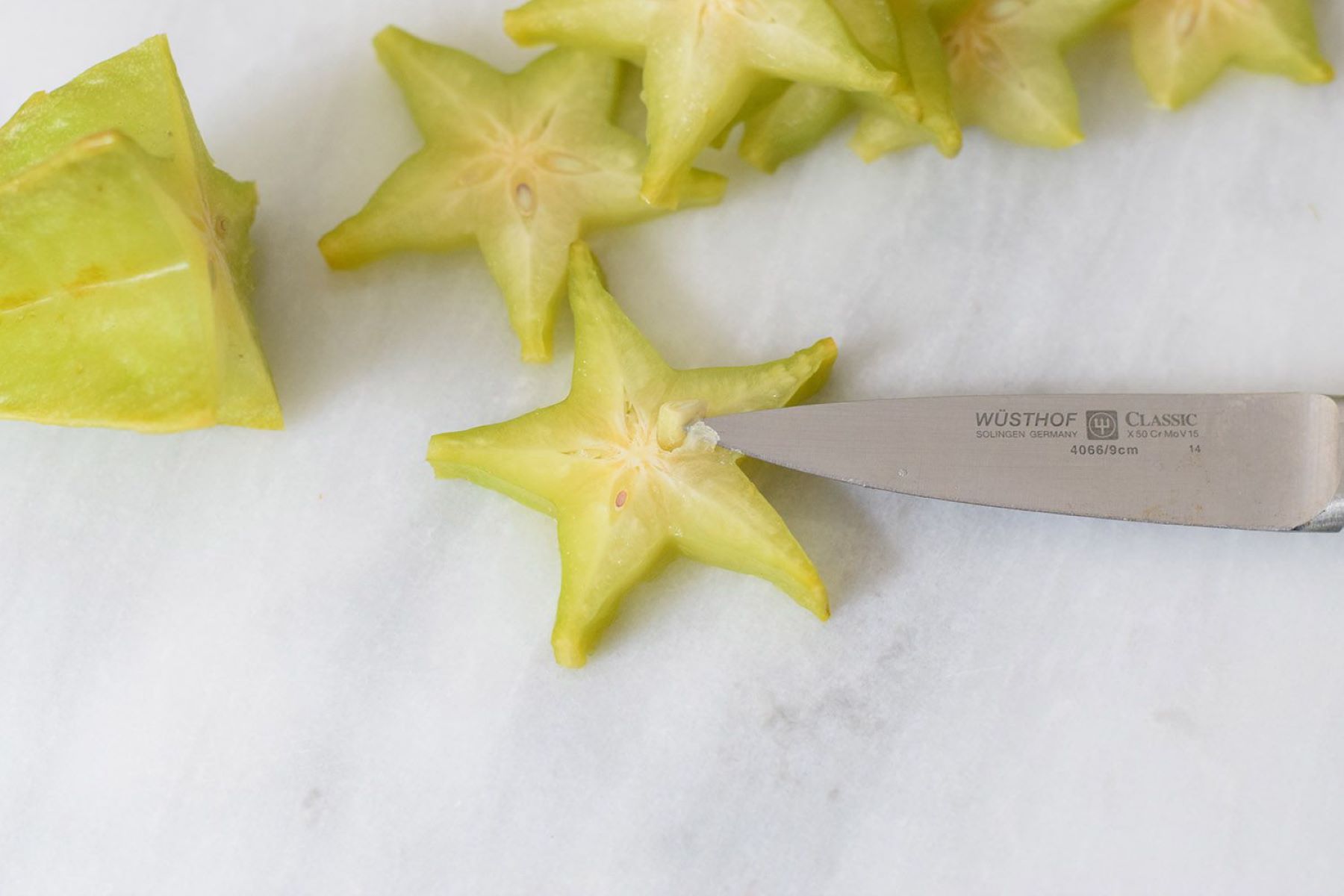
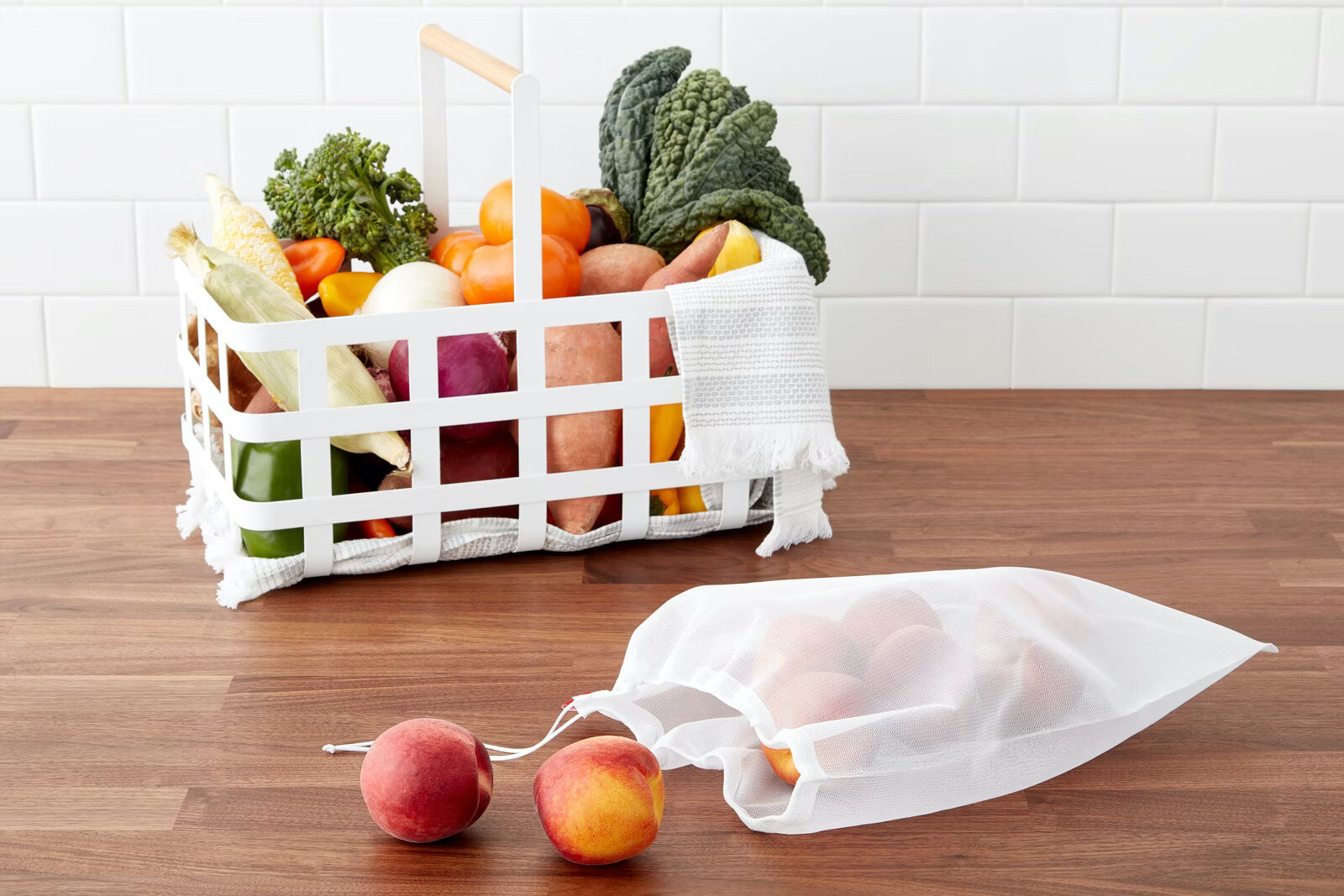
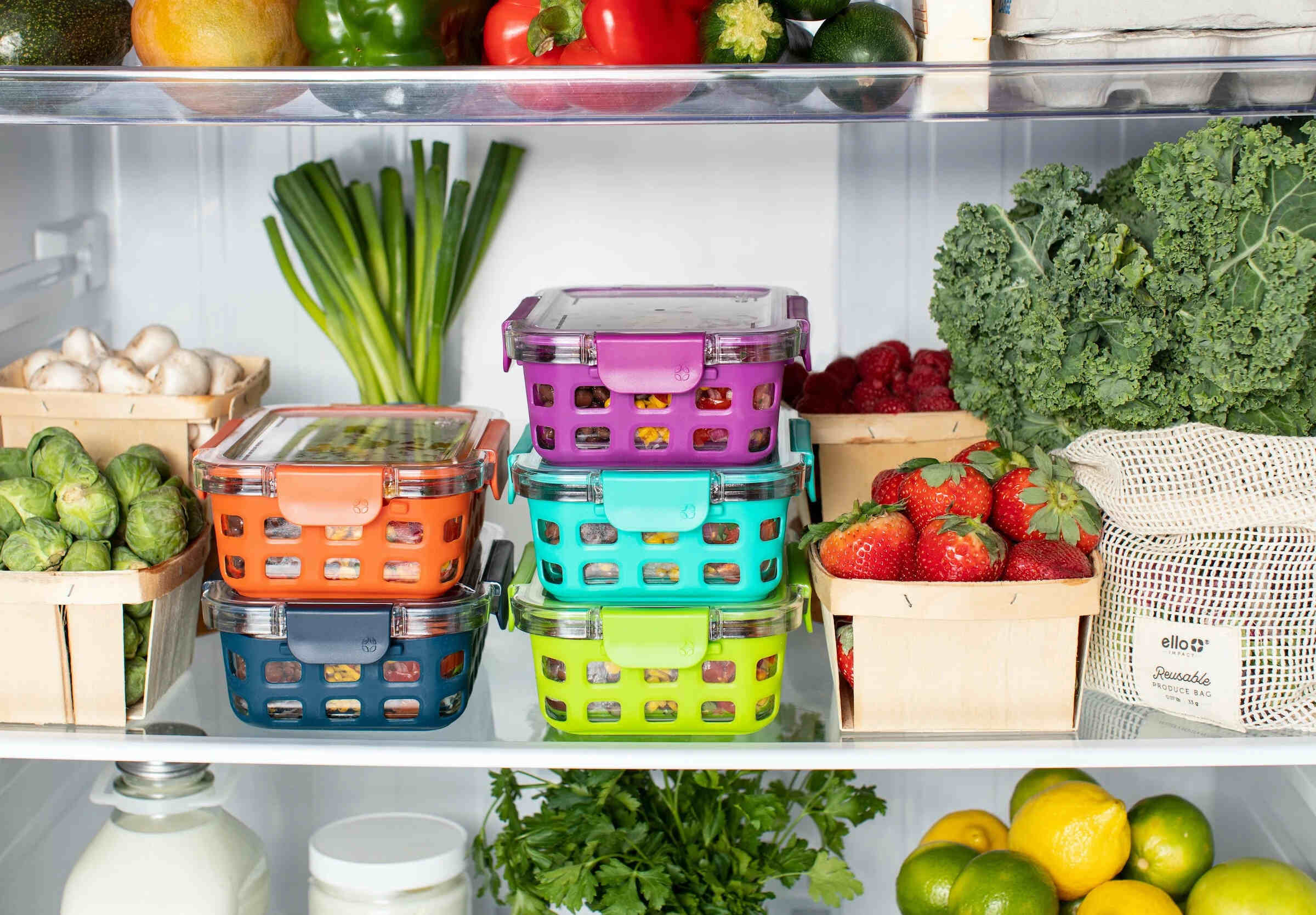
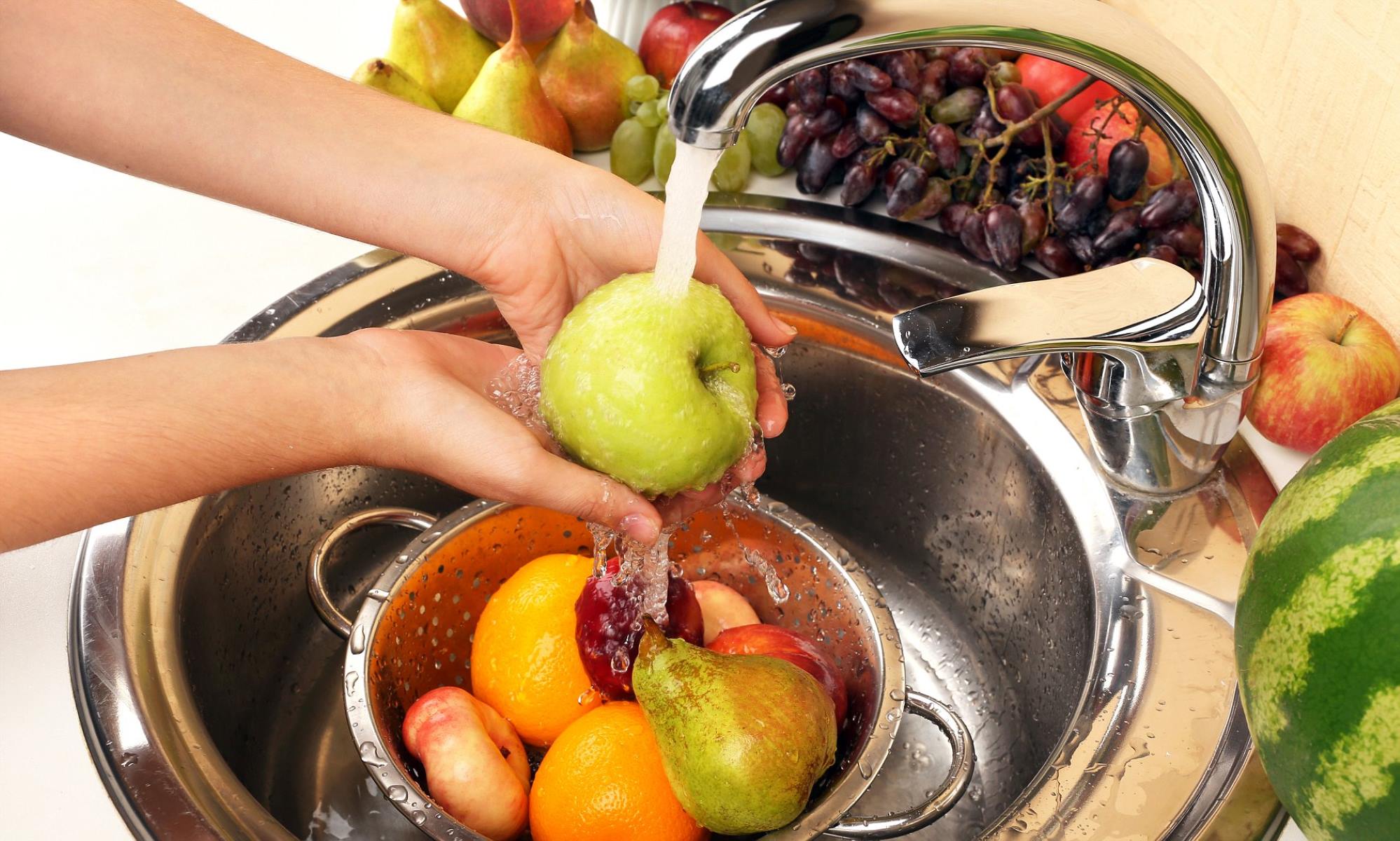
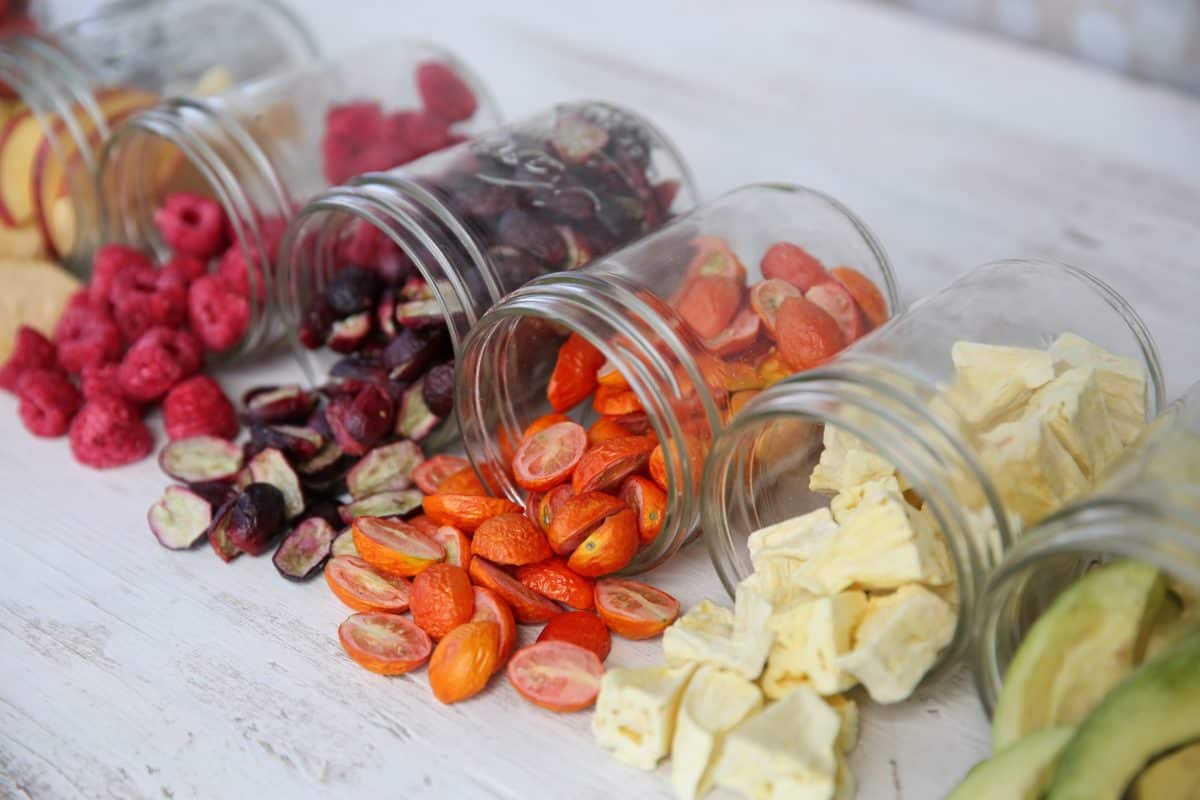
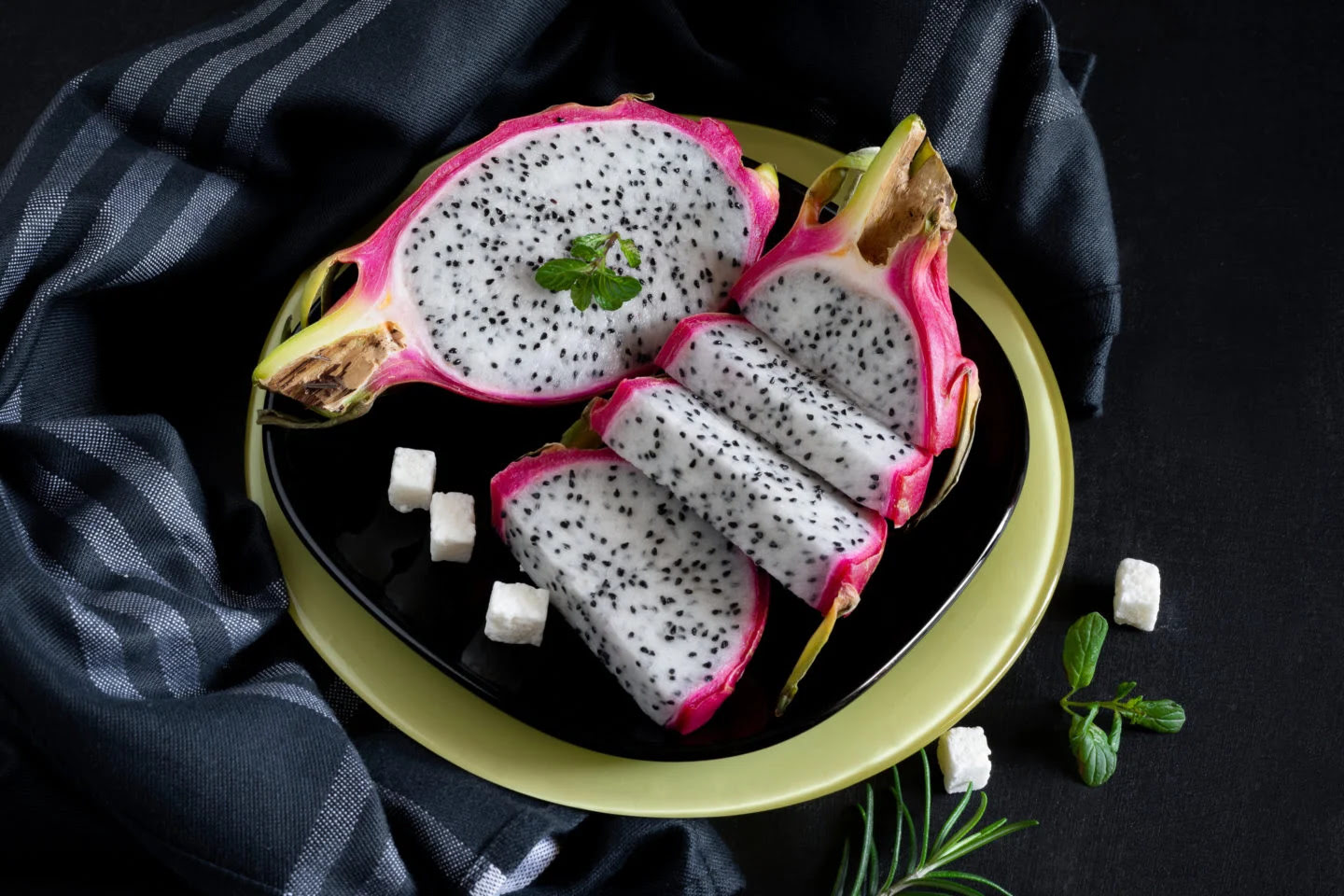
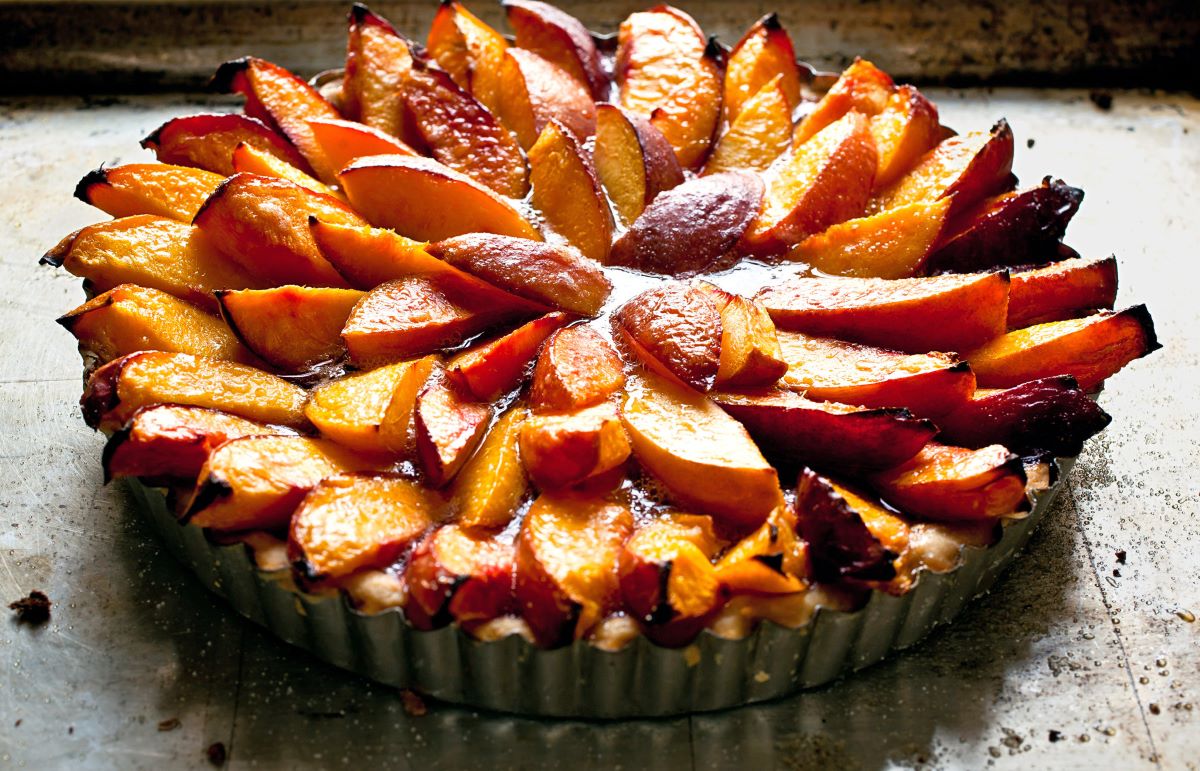
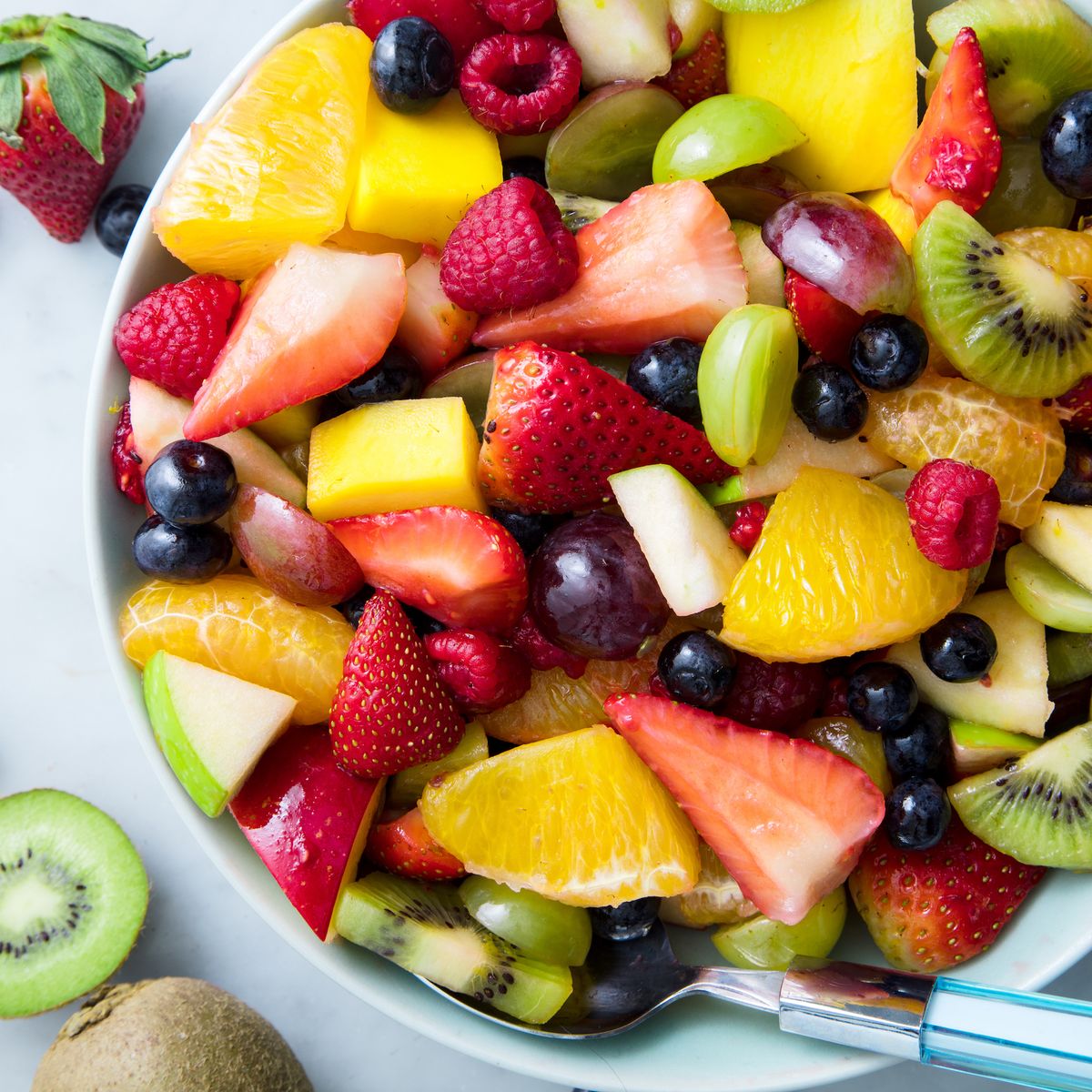

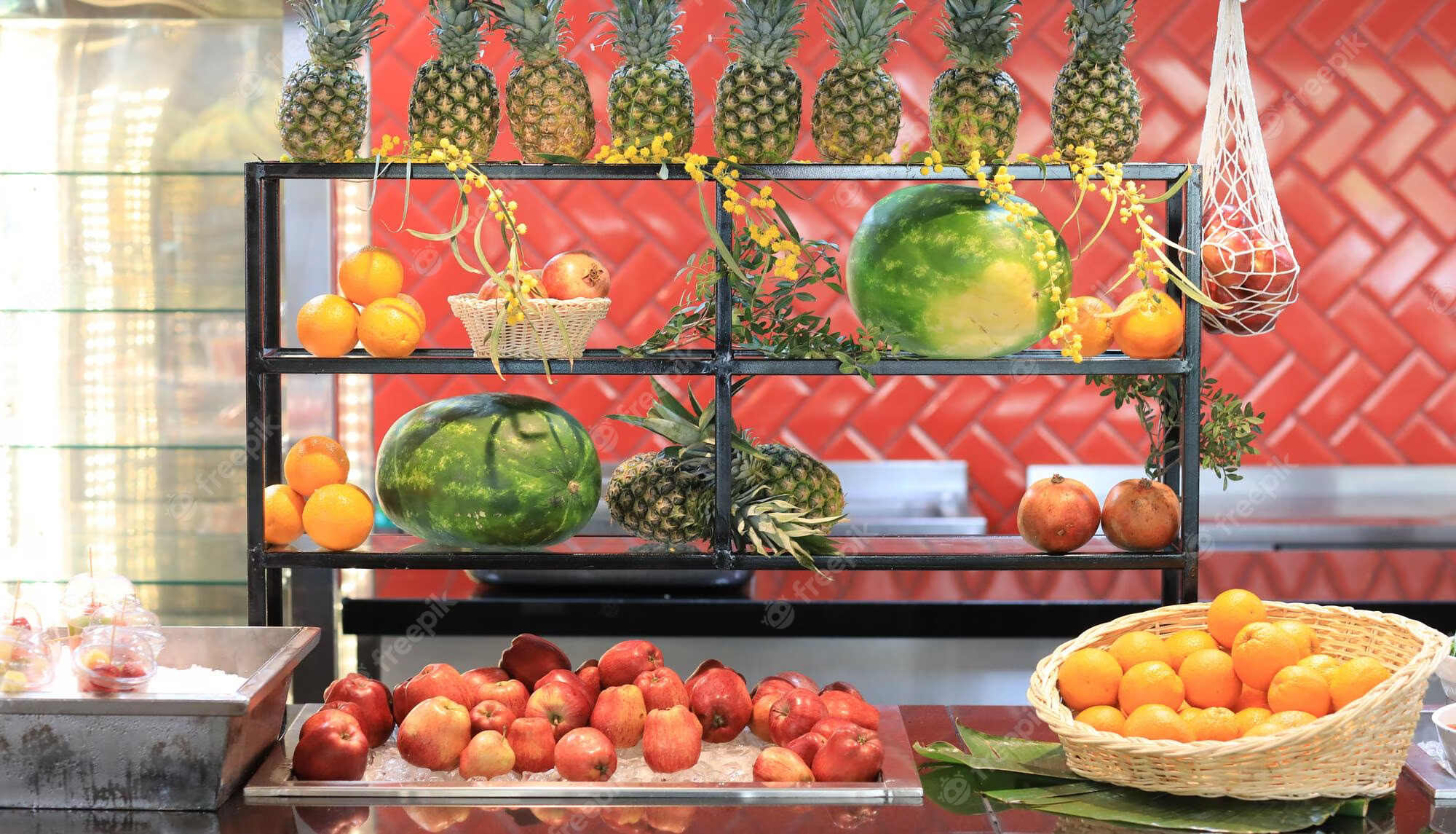

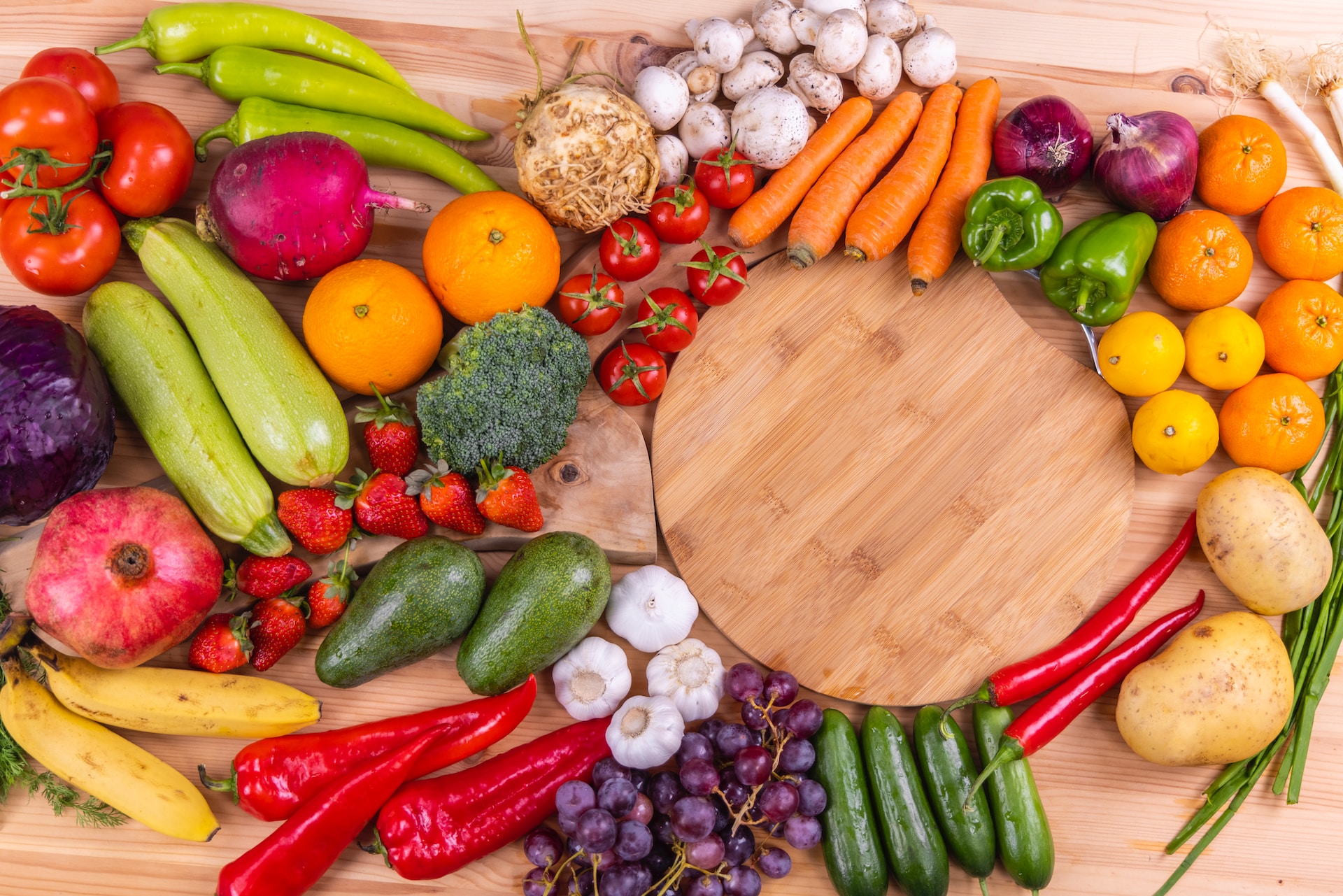

0 thoughts on “How To Store Fruit”